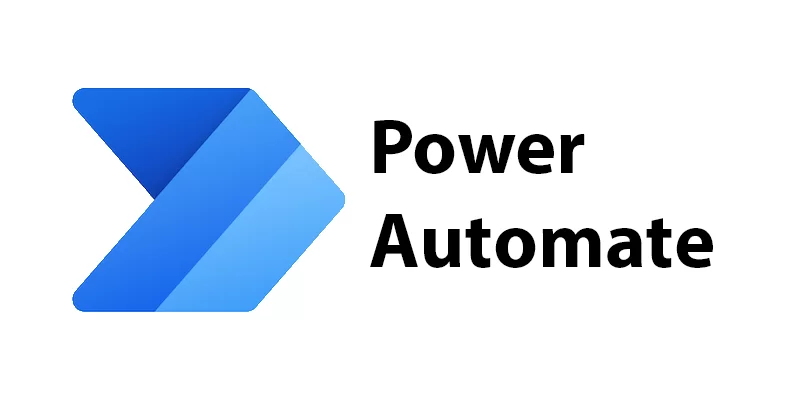Power Automate vs. Other Automation Tools: Which Is Right for You?

Introduction
Automation is no longer a luxury but a necessity in today’s fast-paced business world therefore it is important to understand the difference between Power Automate and other automation tools and to decide which is right for you? Automation helps organisations and individuals save time, reduce errors, and increase productivity. When it comes to automation tools, there are various options available, each with its strengths and weaknesses. In this blog post, we’ll compare Microsoft Power Automate with other popular automation tools to help businesses make an informed decision about which one is the best fit for their needs.
Microsoft Power Automate
Microsoft Power Automate, formerly known as Microsoft Flow, is a cloud-based automation platform that allows users to create workflows connecting various Microsoft and third-party apps and services. Here are some key points to consider:
- Integration with Microsoft Ecosystem: Power Automate seamlessly integrates with Microsoft 365, SharePoint, Teams, and other Microsoft products. This makes it a compelling choice for the organisations heavily invested in the Microsoft ecosystem.
- User-Friendly Interface: Power Automate offers a user-friendly, no-code/low-code interface that makes it accessible to both technical and non-technical users. You can create automation workflows by simply dragging and dropping elements.
- Template Library: It provides a vast library of templates for common automation tasks, making it easy to get started. These templates can be suited to meet each business’s needs.
- Pricing: Power Automate offers both free and paid plans, with pricing based on the number of runs and premium connectors.
Other Automation Tools
Let’s also look at some other popular automation tools and how they compare to Power Automate:
-
Zapier: Zapier is a widely used automation tool that connects over 3,000 apps. It’s known for its extensive app integration capabilities. However, it may not be as deeply integrated into the Microsoft ecosystem as Power Automate.
-
Integromat: Integromat is another versatile automation tool that offers a visual builder and supports integration with numerous apps. It’s known for its ability to handle complex workflows but may require a steeper learning curve compared to Power Automate.
-
UiPath: UiPath is a powerful robotic process automation (RPA) platform that specialises in automating repetitive, rule-based tasks. While it excels in automating desktop applications, it might be overkill for simpler tasks that Power Automate can handle.
-
Automate.io: Automate.io is known for its ease of use and offers a variety of pre-built bots for popular applications. It’s suitable for simple and quick automation tasks.
Choosing the Right Tool for You
The choice between Power Automate and other automation tools depends on your specific requirements:
- If a business is heavily invested in the Microsoft ecosystem and need to automate tasks within it, Power Automate is a strong contender.
- If a business require extensive app integrations and want a tool that can connect a wide range of services, Zapier or Integromat might be more suitable.
- For complex, rule-based automation and desktop application tasks, UiPath could be your best choice.
- If a business is looking for a simple and user-friendly solution for straightforward tasks, Automate.io might be the right fit.
Ultimately, the right tool for a business depends on its unique needs, technical expertise, and the specific apps and services that need to be integrated into the automated workflows. It’s worth exploring the strengths and limitations of each tool to make an informed decision that aligns with the business’s automation goals.
Conclusion
Automation tools like Microsoft Power Automate, Zapier, Integromat, UiPath, and Automate.io have their own strengths and use cases. Your choice should be based on your organisation’s requirements, the applications you use, and your familiarity with automation tools. Whichever tool you choose, the goal remains the same: to streamline processes, save time, and improve overall efficiency in your daily tasks and workflows.

